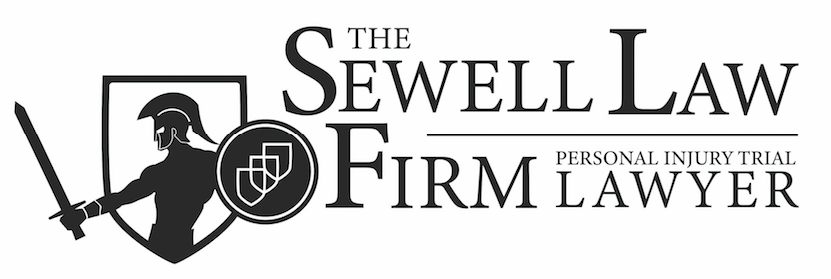Here’s when a dog owner can be on the legal hook for injuries in Texas.
By Dani Alexis Ryskamp, NOLO.com
Whether you’re a dog owner in Texas or you’re thinking of filing a dog bite injury claim, it helps to understand the state’s rules when it comes to a dog owner’s potential civil and criminal liability for injuries caused by their animals. Read on for the details.
No Texas Dog Bite Statute
Unlike many states, Texas does not have a statute that specifically covers a dog owner’s civil liability for damages caused by their animal’s biting someone.
Instead, in 1974, the Texas Supreme Court ruled in Marshall v. Ranne that the state would follow the rule stated in Section 509 of the Restatement of Torts. This means that Texas is a “negligence” or “one bite rule” state for purposes of personal injury cases stemming from dog bites.
In a typical Texas dog bite claim, the injured person must show that:
- the dog’s owner knew that the dog had acted aggressively or had bitten someone in the past, or
- the dog’s owner negligently failed to use reasonable care to control the dog or prevent the bite, and as a result, the injured person was bitten.
Strict Liability in Texas Dog Bite Claims
Although Texas’s “negligence” rule applies to most dog bites, Texas courts will apply a “strict liability” rule in cases in which the dog is known to be “vicious, dangerous or mischievous,” and the bites resulted from the dog’s known nature. A dog that has bitten a person before may be classified as “dangerous,” whether or not the bite caused serious harm. “Strict liability” in this context means that if their injury was caused by a “dangerous dog,” the injured person does not have to demonstrate that the owner also failed to use reasonable care to restrain or control the dog. The injured person will be able to recover damages simply by demonstrating that the dog was known to be dangerous.
Criminal Liability for Texas Dog Bite Claims
- the owner “with criminal negligence” fails to secure the dog, and the dog attacks someone, unprovoked, at a location away from the owner’s real or personal property, or
- the owner knows the dog is a “dangerous dog” and the dog attacks someone, unprovoked, outside its own secure enclosure, and
- either of these situations causes serious bodily injury or death.


Recent Comments